There is a virus out there that everyone is catching.
I have caught it many times and I am sure you have caught it just as much as I have, or even more. Like COVID, this virus has different strains—two actually—and different vaccines. But before I tell you what this virus is, I want to tell you two stories.
The First Story

As a second-year student, I took part in a competition called The Reader Legend. The Rules of the competition were simple:
- We were going to read an undisclosed book throughout the night.
- Anyone who falls asleep during the process is disqualified.
- The ‘wakeful’ would then take a test by morning.
- Whoever answered the most questions correctly becomes the Reader Legend.
I told my parents about it and after I got the green, I prepared for this legendary literary all-nighter. The day of the competition finally came. When I got to the venue, I registered, checked into the hall, and waited for the book to be revealed. I hoped it was something exciting.
You know those books that you read so fast it feels like the book is reading itself.
7 p.m. came, and the book was announced.
There Was a Country by Chinua Achebe
I wanted to cry. At 17, I hated ‘heavy books’ and history books. And this book that centered on the civil war checked both boxes. But I have never been a person to quit, so I started reading.
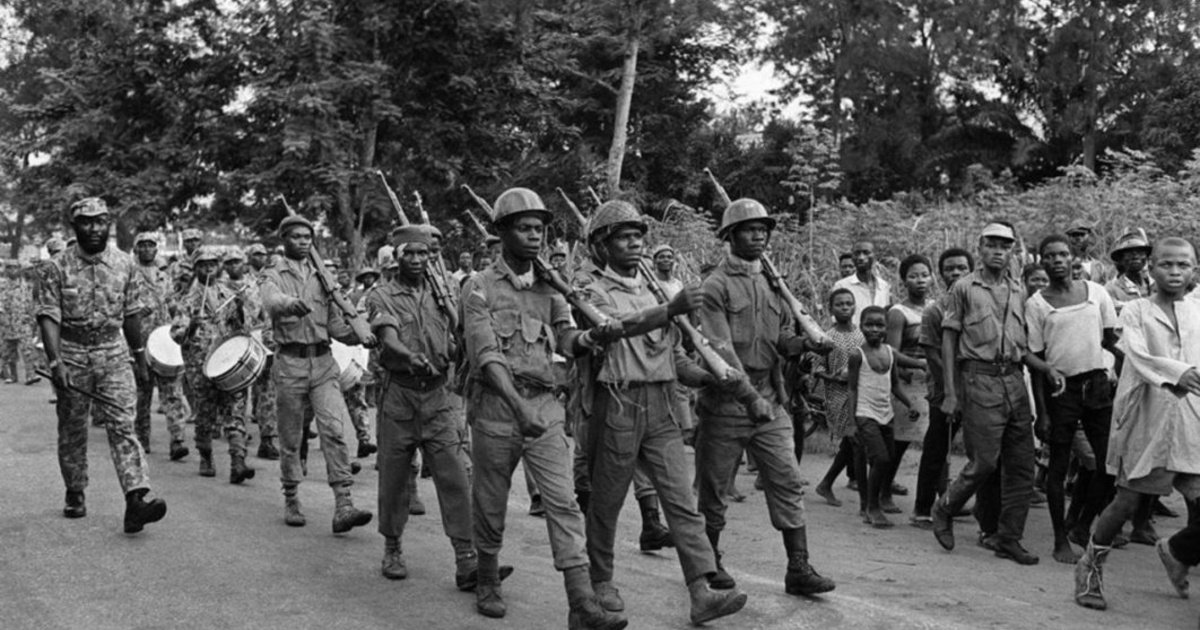
As a child, my father loved telling us stories. He would tell us stories about people from our village, about his school years at ABU, and his service year in Benin. But most importantly, Daddy told us stories about the civil war, about how he picked a grenade and thought it was something he could play with till a soldier gave him a knock. Of how he tried to join the Biafra forces each time he went to fetch water and was always chased away because he was still too young.
There is this story about a lizard and an ururu (squirrel) that always made us laugh. The supplies from foreign countries had stopped coming and Biafran nationals were starving. There was a kwashiorkor pandemic, as proteinous food was nowhere to be found. One day, while camping out at the town hall, a lizard ran by. Grown men were falling over themselves and pushing each other to catch—and eat—the lizard. We always found that image funny. Of grown men, some with ears forested with hair, falling over each other for a lizard and the lizard eluding them. Some days later, an ururu ran past and this time the women joined in. We were all very young and would laugh at that image. It seemed like something out of a Tom and Jerry episode. But each time he told us this story, my dad always ended with the phrase: Agha wu ajo ihe.
War is a bad thing.
My mom chipped in her own stories now and then. And with the warp of my father’s stories and the weft of my mother’s, I built a mental tapestry of what the war was like.
Accurate, real, but not jarring.
There Was A Country was not an interesting book, neither was it a book that ‘reads itself.’ It was a heavy book and an urgent missive. I felt something rising and falling in me as I read about the events preceding the war. That something burst and bled as I read about the pogroms and hardened as I learned how the Yorubas in Lagos treated the Igbos during that time. I didn’t sleep throughout the competition. I couldn’t even if I wanted to. Reading There Was A Country felt like watching a movie based on true-life events. It made me understand some things my father said once and never repeated.
Like how his father, my grandfather, was missing for many weeks after the war. He later returned, but for weeks, he would not speak and would stare blankly into space.
I didn’t win the reader legend. I don’t even remember who won it. All I have of that competition is a certificate of participation and something huge and prickly, sitting pretty in the middle of my chest.
Second Story

2020 would go down as the most ‘interesting’ year of the century. We got threats of World War 3 in January, a full-blown pandemic by March, #BLM matter protests by June, and finally, a bloody refrain to the Nigerian National Anthem at the Lekki Tollgate on October 20, 2020. On a personal level, 2020 was a struggle. I finished my youth service that year, confident that I had enough plans and backup plans in place. To answer the dreaded ‘what next?’ question, I gave people different versions of my plans. Months and a lockdown later, I discovered my plans—from A to Y—had holes in them. I ate anxiety for breakfast, tears for lunch, and depression for dinner. One thing kept me sane: social media.
When I am upset, I do this thing where I either:
Go small and focus on very minute details like the smell of the air, and the slide of tiles beneath my feet or
Go big and focus on things, people, and events that are bigger than me.
It helps me realize, life is not about me. That I am a part of something bigger and an aggregation of little things. For 2020, I went big. Social media became escapism. The memes, the funny videos, TED Talks, and YouTube videos. It worked until it stopped working. George Floyd was killed and, like little Horcruxes, videos of the incident kept appearing on different social media platforms. Then Breonna Taylor’s incident came up again. People broke the silence of the grave and kept posting about them. They stopped being faceless statistics and became actual people.
With homes, dreams, flaws, families, and plans.
And it hurt.
I went off all social media except Twitter. I follow many wholesome pages on Twitter, so I felt I was safe. All I needed to do was avoid looking at charged tweets—or worse, go down a rabbit hole of charged retweets.
One of my days on wholesome Twitter led me to a tweet by a father of a bullied child. The child had no friends in school. The tweet was his father’s attempt at showing his son there were people he hadn’t met that liked him. It was so heartwarming. I rarely read comments, but I was happy to do so in this case. The love was enormous. I don’t know if the tweet helped the child, but it was comforting to see people being human.
That was until I saw a comment calling the child—and his father—a snowflake.
Expectedly, Daddy dearest defended his son while trying to keep his tweet space wholesome and light-filled. The other guy said some pretty ugly things. All I kept thinking was ‘What kind of person would say all these under a feel-good post for a seven-year-old child?’
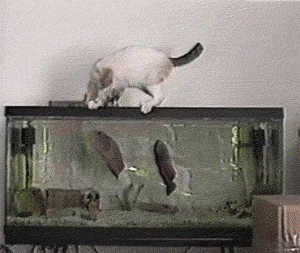
There is a reason my brothers called me ‘curiosity kills the Uche’ throughout childhood—and this thing drove me to the angry man’s page. He was married, had kids, lived in Europe, and seemed like your regular, nice Tim. As I tiptoed—yes, tiptoed because I was careful not to mistakenly hit the ‘love’ button on a two-week-old tweet—through his page, I realized this was a pattern. I felt like I had gone to the ‘angry white people’ side of Twitter and it was scary. But I couldn’t stop scrolling. It was as if my mind and my fingers had agreed to ingest as much as possible. Although my eyes wanted no part of it, it was forced to comply.
The coda was a video he had retweeted.
It was short, 20 seconds max.
In it, two girls were walking down the street. I don’t remember what the second girl looked like, but the main girl was pretty and had long blond hair. She was walking down a street and some black boys tucked into a corner were catcalling. One walked up to her and held her arm. She wrested it away from him. And he pulled her back and slapped her. My eyes stung at that slap. For minutes, I couldn’t do anything. The video played over and over again. I was afraid to read the comments, but I knew I had to. I was far gone. Sure enough, the comments were acidic. Different variations of the same message.
These people are not like us
They are animals
They should go back to their f**king countries
They’ll turn our homes into the cesspit their countries are.
Our girls are not safe
Our lives matter too
At that point, my mind had had enough of violence. I left Twitter and chucked the app in the freezer.
Emotional Contagion

This is not a post about tribal politics in Nigeria or racial politics in the world. I am not qualified to write on any of those. This is a post about emotional contagion. There is a common belief that emotions are an inward-to-outward phenomenon. That you ‘emote’ what you are feeling inside. The bible references this when it says ‘Out of the abundance of the heart, the mouth speaks.’
As you think, so are you.
But sometimes, the reverse is the case. Just like we pick up COVID from other people, other people’s emotions can infect us. If you are an Empath, you probably thinking, ‘Been there, done that, got the T-shirt.’ But for others, this might seem strange, so let me put it in context.
You know how you always seem to yawn when someone else yawns?
That’s how emotions are. Emotions are like little psychological yawns transferred from one person to another. It permeates the screen and defies distance.
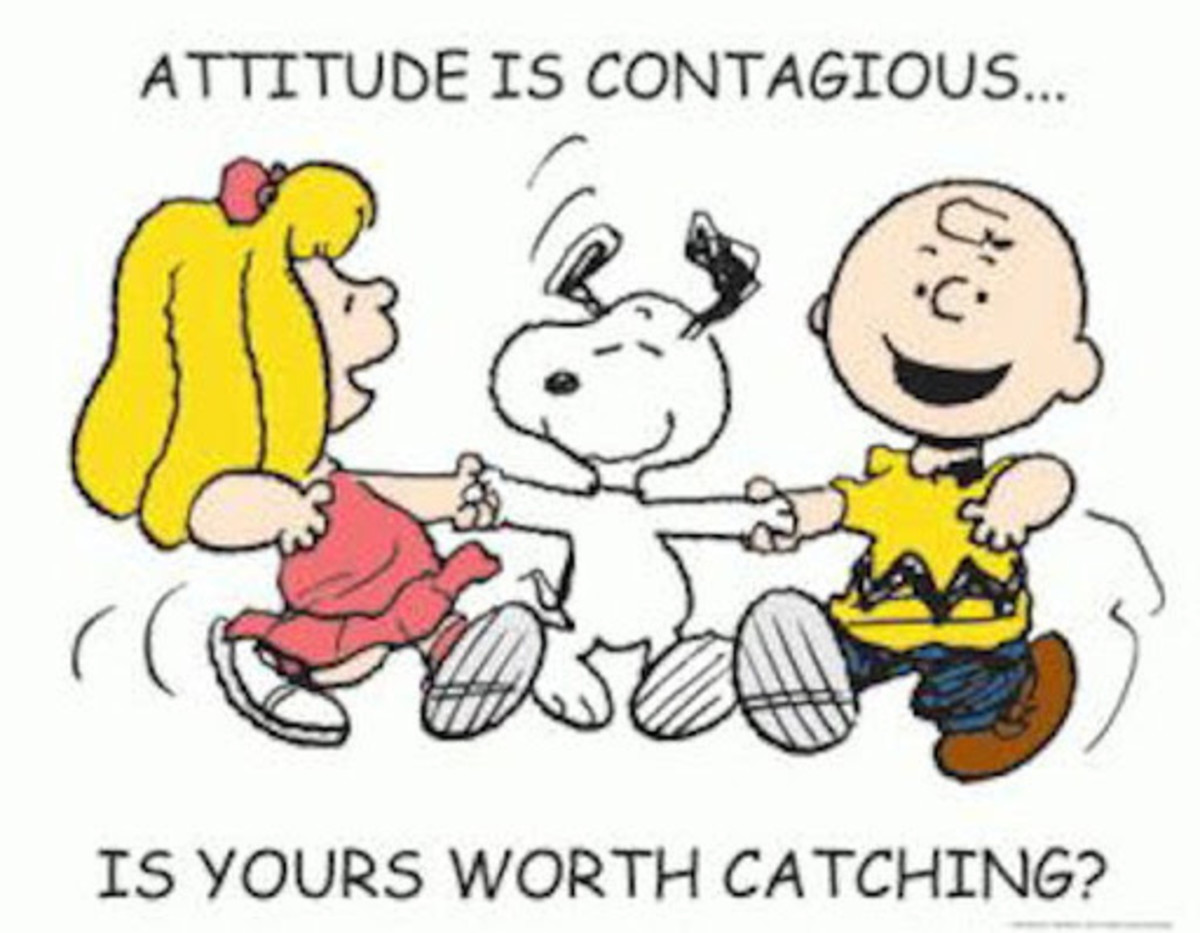
Have you ever spoken with someone on the phone and as the call ended, you feel airy and happy even if you weren’t that way before the call? That’s facilitative emotional contagion, the first strain of the ‘emotion virus.’
On the flip side, we all know people that drain us and these guys come in two flavors:
- The ones that make everything a fight (your regular-degular energy vampire)
- The ones that are the reincarnation of Eeyore from Winnie the Pooh.
With these guys, every resolution is the start of a new fight and every solution has a problem. This is called debilitative emotional contagion.
Facilitative and debilitative, not positive and negative.
Emotions are neither good nor bad. They just are. What makes them ‘good’ or ‘bad’ is context. Joy is ‘positive’ but being joyful at a funeral is all shades of wrong. In the same vein, the emotions I felt while reading There Was A Country, going through that man’s page and during the #BLM protests, were neither negative nor positive.
They just were.
My subsequent actions would determine if they will be facilitative or debilitative. Just like emotions, emotional contagion is not a bad thing. It is a survival tactic learned many years ago, written into the human wiring, and passed down to us. Back then, humans lived in tribes and language wasn’t a thing. Thus, when there was a need to communicate to avoid danger, emotional contagion became invaluable. The ones that could pick up on the other people’s fear when a predator was around survived. The ones that couldn’t, died.
Because this post will not be complete without me dragging social media, a 2014 study at Cornell University shows that our ‘online emotions’ are a product of the emotions of other people on our timeline. In a previous post, I told you social media is like one huge, B. F. Skinner experiment, and this phenomenon of online emotional contagion is the perfect example of that. The study showed that people with more negative posts on their timeline posted negative things. People that saw fewer negative posts, posted more positive stuff. The man in my second story probably didn’t know Breonna Taylor was not a troublesome child, had always dreamed of being a nurse even when she was 15 and working at a Steak n Shake and was loved by everyone she worked with—and for—at the hospital. In his eyes, that boy that slapped that poor girl was the poster child of all black people. All the people on that side of the internet that saw that video contacted his emotions (anger, hurt, etc) while people on the other side of the internet that saw videos/images of black people being killed by cops, contacted the same emotion (anger, hurt, etc) but aimed at a different object.

There is a massive scale contagion of emotions via social media. In Nigeria, the events on the 21st of October, 2020 show that this theory is not a load of codswallop. That day, just like the dead at the tollgate, Nigeria stood still. We were all feeling the same thing. No one was teasing or jonzing. We were all broken and dejected.
So what’s the vaccine to this virus of emotional contagion?
Knowledge.
Know your emotional immune system and work with it. Some people are like emotional Teflon. Things rarely get to them. They see something unsettling and some minutes or hours later, they have completely forgotten about it. Some of us, on the other hand, are emotional sponges. We cry when a dog dies in a movie, can’t eat if something disgusting is on screen, and keep replaying the videos we saw online many months later. If you are like this, know your triggers and be conscious of what you ingest online.

One day during my final year, I went to the school’s center (it was called SUB) to buy food when I saw people running.
Guess what I did?
I ran too. I didn’t bother to know what was chasing them. What was important was people were running, and I had to run too. I was almost at the Faculty of Social Sciences (about 0.4 miles away) before I stopped to ask questions. It turned out to be a false alarm.
This is a perfect example of herd mentality, which is one effect of emotional contagion. For both groups of people, it is also necessary to always be aware of what you are feeling in the moment and why you are feeling that way.
Do you really feel lonely or did it start when you saw people’s ‘their view, my view’ pictures on Valentine’s day?
Are you dragging this person because you hate what they stand for or because your Twitter ‘fave’ hates them?
Are you being ‘savage’ because that’s your nature or because the cool people on your list are doing it?
Are you buying this product because you want to or because you are emoting the ‘feelings’ of the influencer endorsing it?
Do you really like this person or did they become attractive because your friend said they were attractive?
The herd mentality is not a bad thing. Assuming there was a shooter or a bomb at SUB, I would have been saved by following the crowd. However, for subtler things like social decisions, beliefs, values, and relationships, it becomes necessary to decant your own emotions from the ones of the people around you.
The second jab for this virus is positive priming.
I once read that the happiest and most enduring relationships have a minimum compliment to criticism ratio of 5:1. The five compliments offset the effect of that singular criticism. In the same vein, anytime you consume negative content, try to offset its effects with a substantial amount of positive content.
It could be memes and funny videos, cat videos on YouTube, your favorite movies, cartoons, or hanging out with friends that infuse your life with light.
Anything.
Just make sure it is something that centers you, neutralizes the negativity, and brings back that fullness to your life.
When I am not dragging social media, I write film and book reviews. You can click on the links below to check them out below.
Review of the Girl of Ink and Stars
The Electricity of Love: A Review of The Electrical Life of Louis Wain (2021)
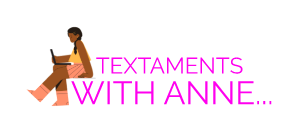
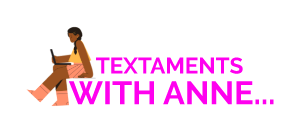




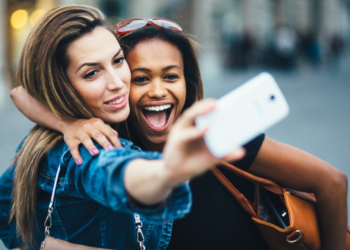

I really like your writing, the stories and all.
Thank you so much, Joe.